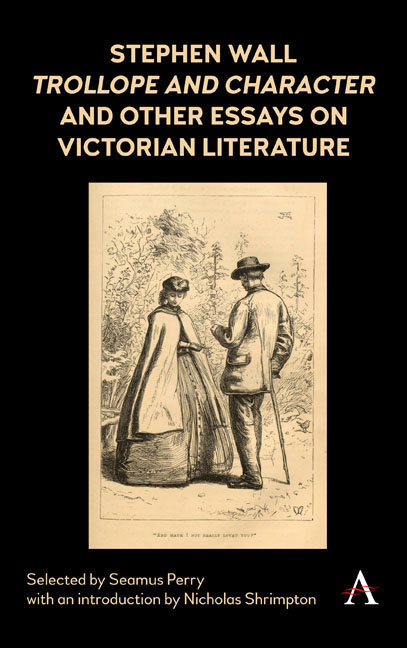2 - Trollope and Character [1988]
from Part 1 - On Trollope
Published online by Cambridge University Press: 25 July 2018
Summary
I. Living with Characters
The Autobiography
Trollope's revelations about his working methods would have been suicidal had they not been posthumous: that, at least, has been the usual verdict. The familiar details – the old groom paid extra to wake him up early, the three hours at the desk before breakfast, the regular production of so many words against the clock – were first published in the Autobiography in 1883, the year after Trollope's death. Since then the mechanical industriousness of such a regime has often been taken to imply a deplorable indifference to the finer literary considerations. Despite strenuous modern attempts to vindicate Trollope's authorial integrity, Henry James's complaint that as an artist Trollope never took himself seriously enough has continued to seem a reasonable inference.
In 1875 James had crossed the Atlantic in Trollope's company and had seen for himself what has been called ‘the Novel- Machine’ in practice. ‘The season was unpropitious, the vessel over- crowded, the voyage detestable; but Trollope shut himself up in his cabin every morning … [and] drove his pen as steadily on the tumbling ocean as in Montague Square’. James was impressed, but also censorious:
The power to shut one's eyes, one's ears (to say nothing of another sense), upon the scenery of a pitching Cunarder and open them upon the loves and sorrows of Lily Dale or the conjugal embarrassments of Lady Glencora Palliser, is certainly a faculty which could take to itself wings … [but] with his extraordinary gift, there was always in him a certain infusion of the common. He abused his gift, over- worked it, rode his horse too hard.
James's masterly essay on Trollope (in which these phrases occur and which, like the Autobiography, first appeared in 1883) expresses with classical lucidity the unease of serious readers in the face of a fertility that struck the American writer as ‘gross’ and ‘importunate’.
- Type
- Chapter
- Information
- Publisher: Anthem PressPrint publication year: 2018



